
The Los Angeles Youth Orchestra (LAYO) has announced the creation of a new musical group, the Contemporary Adventure Ensemble (CAE), which brings some of L.A.’s seasoned professional musicians together with several LAYO alumni and advanced students.
LAYO, which was founded 20 years ago by conductor and artistic director Russell Steinberg, is composed of 120 student musicians between the ages of 8 and 18 from 60 schools throughout the Greater Los Angeles area.
CAE’s debut concert will take place May 30 at First Presbyterian Church of Santa Monica and will include pieces by illustrious 20th-century composers Aaron Copland, Heitor Villa-Lobos and Dmitri Shostakovich. The concert also will feature two 21st-century chamber pieces by contemporary L.A. composers: “Scale 9” by pianist-composer Sean Friar and the chamber orchestra premiere of Steinberg’s “Rucksack.”
Steinberg — who lives in the San Fernando Valley and studied music at UCLA before getting a doctorate in musicology from Harvard — composed “Rucksack” in 2015 for Holocaust survivor Juliane Heyman’s 90th birthday. A 14-minute dramatic piece for chamber orchestra, spoken word and mezzo-soprano, “Rucksack” is based on Heyman’s 2001 memoir, “From Rucksack to Backpack.”
The musical “Rucksack” intertwines two sections from Heyman’s memoir: her harrowing escape from the Nazis while a teenager during World War II and a misadventure she had soon after arriving as an immigrant to the U.S. The stories are connected by the rucksack she carried across Europe as she and her family fled the Nazis and the rucksack she was wearing when police detained her as she was hiking in the Poconos in Pennsylvania.
“Rucksack” intertwines two sections from Juliane Heyman’s memoir: her harrowing escape from the Nazis while a teenager during World War II and a misadventure she had soon after arriving as an immigrant to the U.S.
Over lunch at a café in Encino, Steinberg told the Journal his inspiration for the piece came while he was reading Heyman’s memoir and was “taken by the neutral way she wrote about her escape from the Nazis. She had this very objective way of framing [these emotional and terrifying events]. It said something about her ability to survive.”
His “Rucksack” goes back and forth between the Shoah and the Poconos sections. “In the Holocaust part, there’s a snare drum, a military aspect, a sense that she’s fleeing the Nazis,” Steinberg said. “The music tries to express some of the emotional things she’s talking about. … That’s why I want the instruments to play in a precise militaristic style during the European part. And then during the Americana part, I want it to be freer, looser, warmer.”

In her memoir, Heyman writes about how she and her family arrived at the Statue of Liberty while World War II was still raging. As a teenager at Barnard College, she went hiking with a friend in the Poconos, unaware that for police in a small 1940s town their rucksacks signaled that they could be runaways heading for a life of prostitution.
“[Heyman] is just mildly amused by being stopped by the police,” Steinberg said, “and I thought the pairing was interesting. … I tried to merge these two stories together so that you don’t know whether it’s the Nazis arresting her or the police in Pennsylvania. That was my vision, to try to disturb the listener into a little bit of confusion.”
But only a little confusion. Steinberg said he wanted the piece to be easy to follow. “So when she tells the Nazi story, I have the singer speak, sometimes rhythmic speech, and let the instruments tell the emotions of the story. When she tells the story of hiking in America, that’s in bel canto, normal operatic singing.”
The mezzo-soprano performing his work is Geeta Novotny. “Geeta is a remarkable singer — she can do anything,” Steinberg said. “Here is a piece with singing and speech and rhythmic speech, and she’s able to modulate her voice. It’s a joy to do it with her. When I wrote the piece, it was just piano and voice, but I always envisioned it with more instruments. I envisioned it having more color.”
He added that “Rucksack” is not the only piece in the concert that has a “humanistic” aspect. “If I had to have a theme for the concert,” he said, “it would be resistance to tyranny. This incredible piece by Shostakovich, [String] Quartet No. 8, was mentioned in his autobiography.”
Steinberg said that the humanistic label also applies to Aaron Copland’s “Appalachian Spring,” which ends the concert. “When I thought of pairing my piece with ‘Appalachian Spring,’ it seemed the most natural thing because Copland himself represents all those things, all the ‘hated’ groups: immigrant parents, Jewish, homosexual, socialist, the list goes on,” he said. “And somehow in his music, Copland melded all that together into a style that is quintessentially American.”
Steinberg said he understands that the United States has had a complicated history when it comes to accepting immigrants and defining what is American, which is one of the reasons he chose Heyman’s memoir as a source for the chamber piece he composed.
He pointed out that America’s history with immigration — with “the other” — “has always been a jumble. … That mixed feeling about immigrants is part of our DNA, and I’m hoping that the audience will take away that what has made us great is our openness to immigration, and that if we continue to have xenophobic thoughts, we will no longer be a great country.”
The CAE concert is May 30 at 7:30 p.m. at First Presbyterian Church of Santa Monica, 1220 2nd St. For tickets and more information, visit the website.
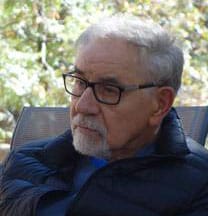









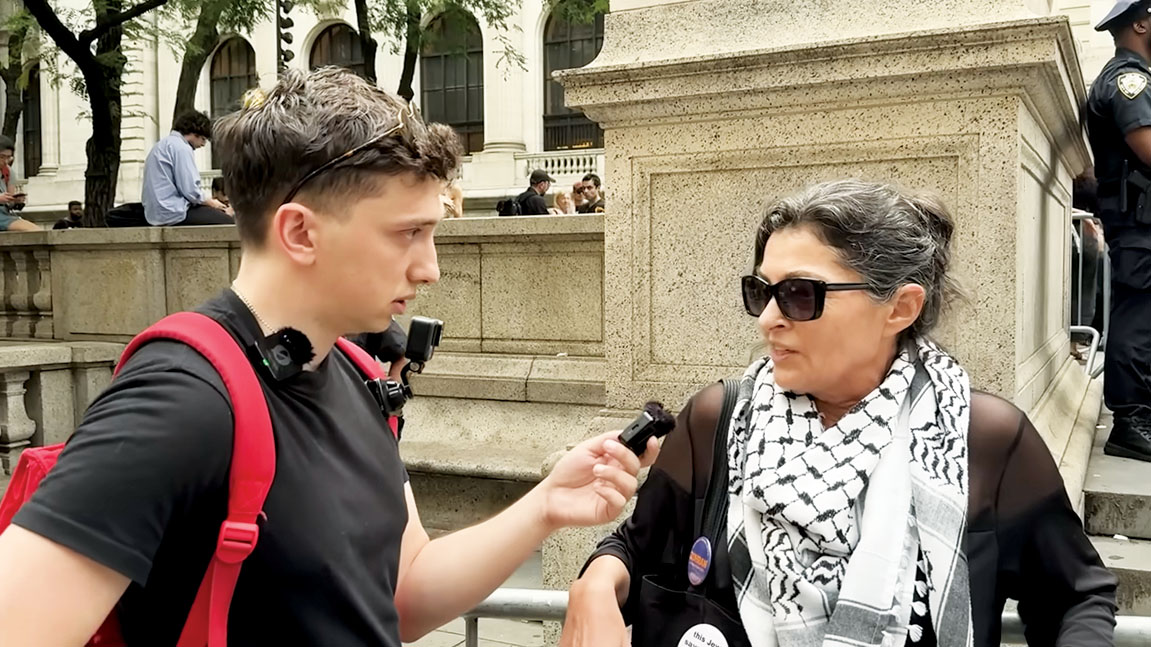
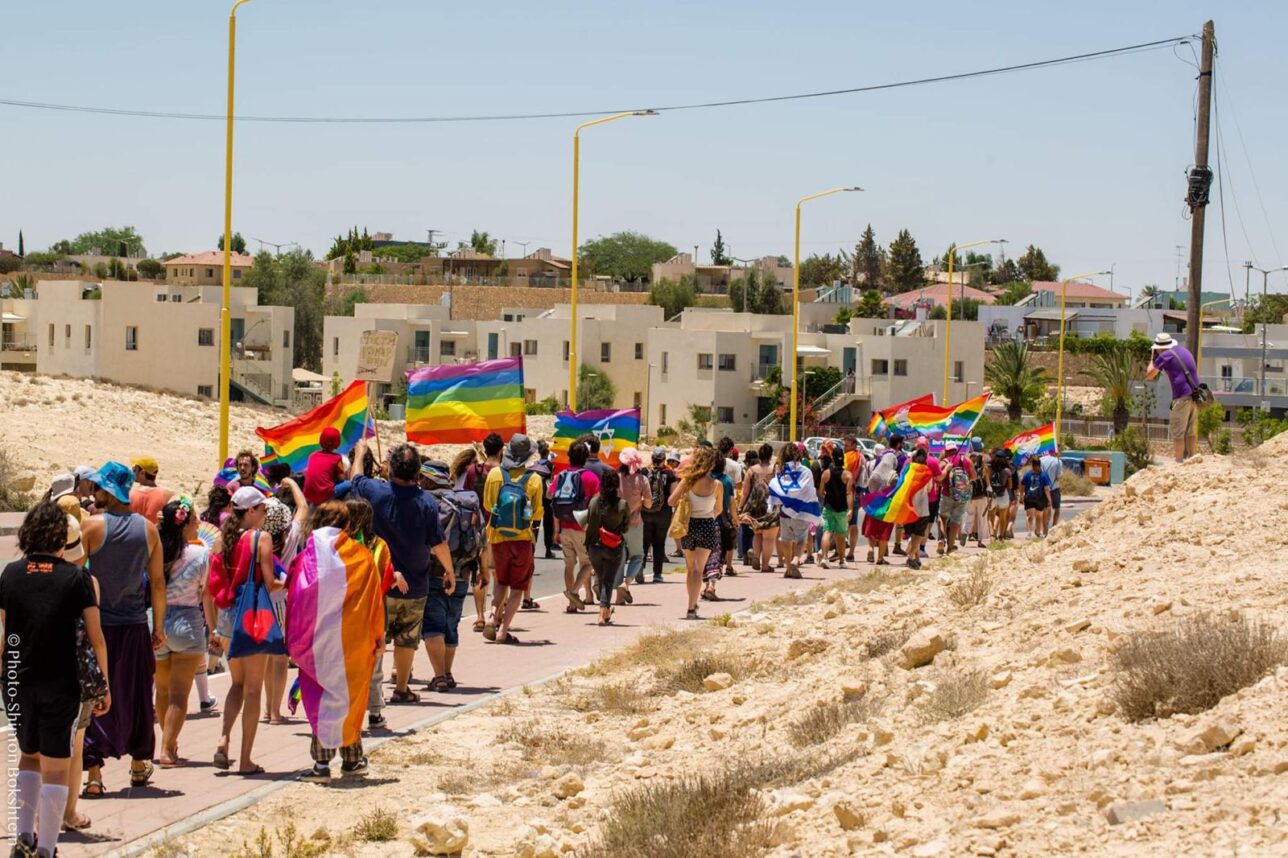

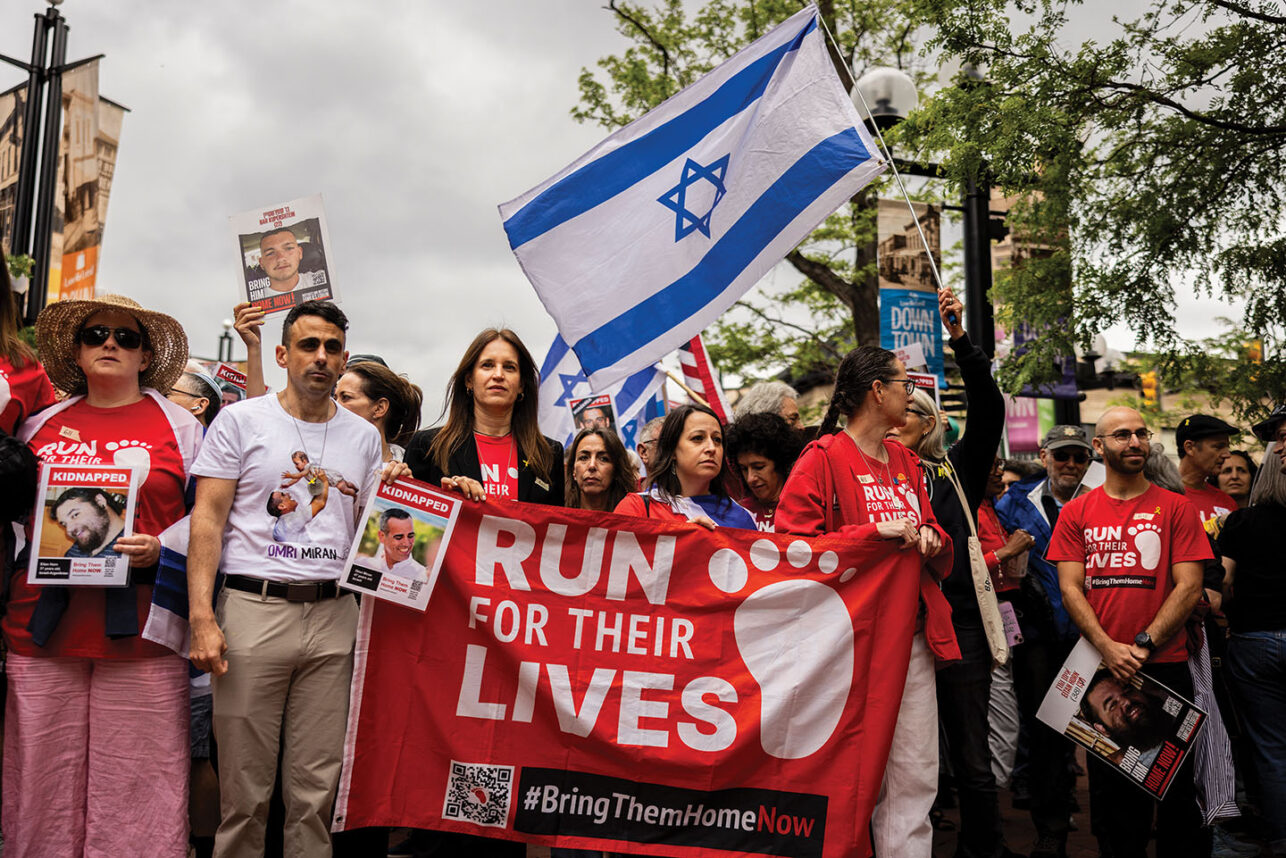
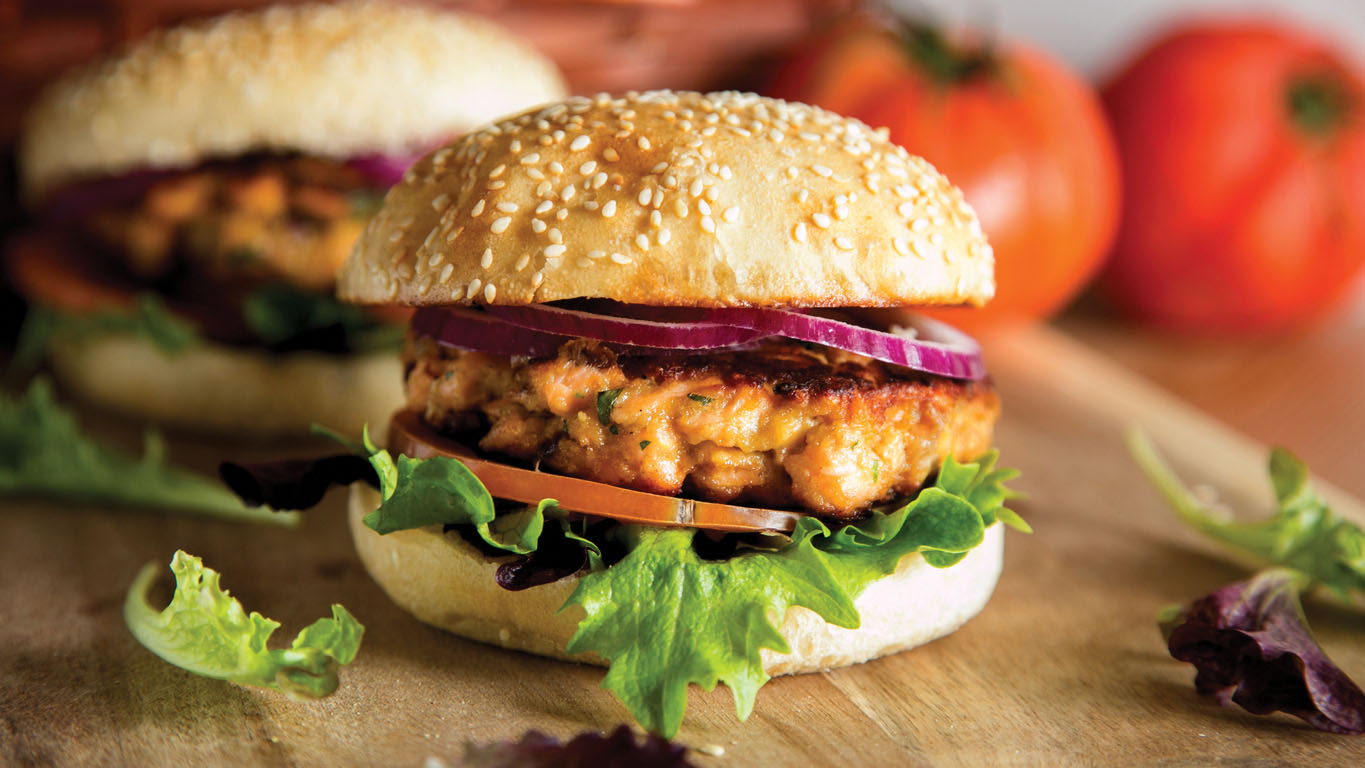
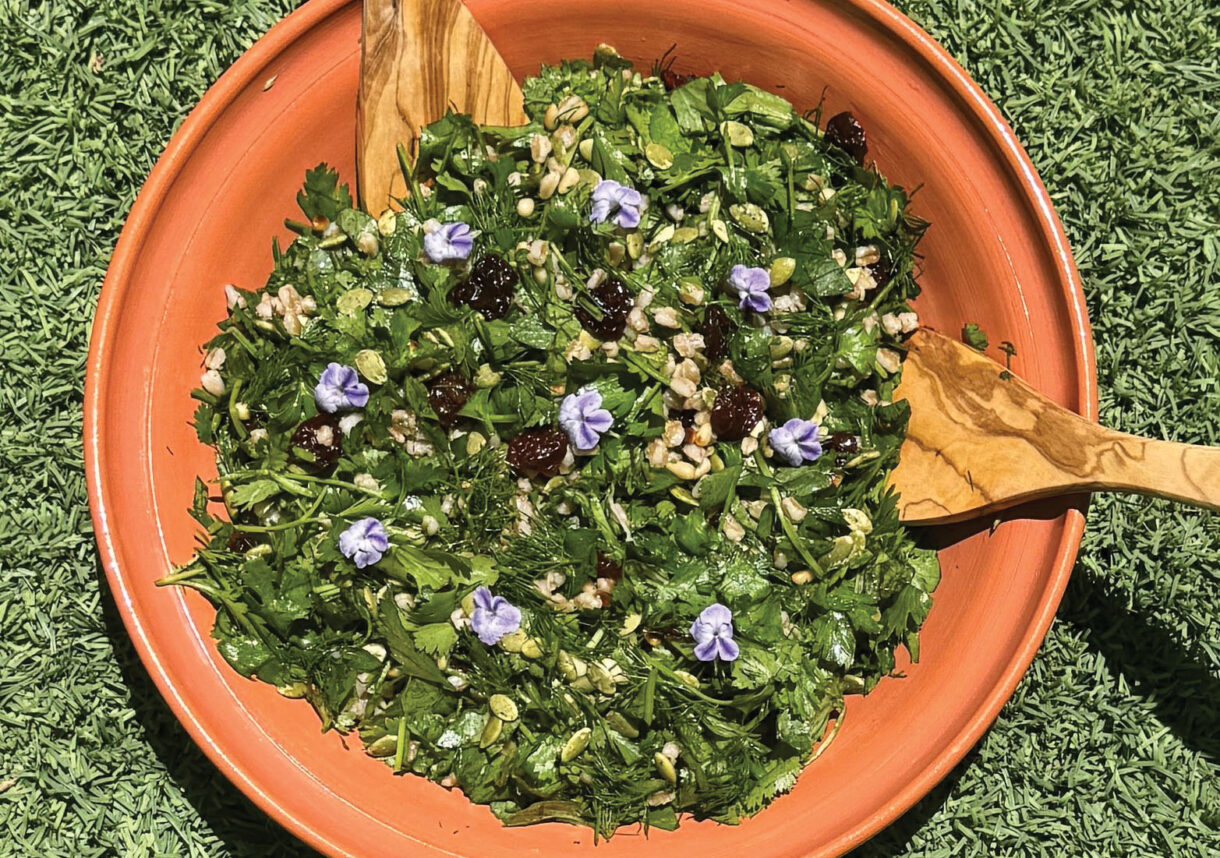
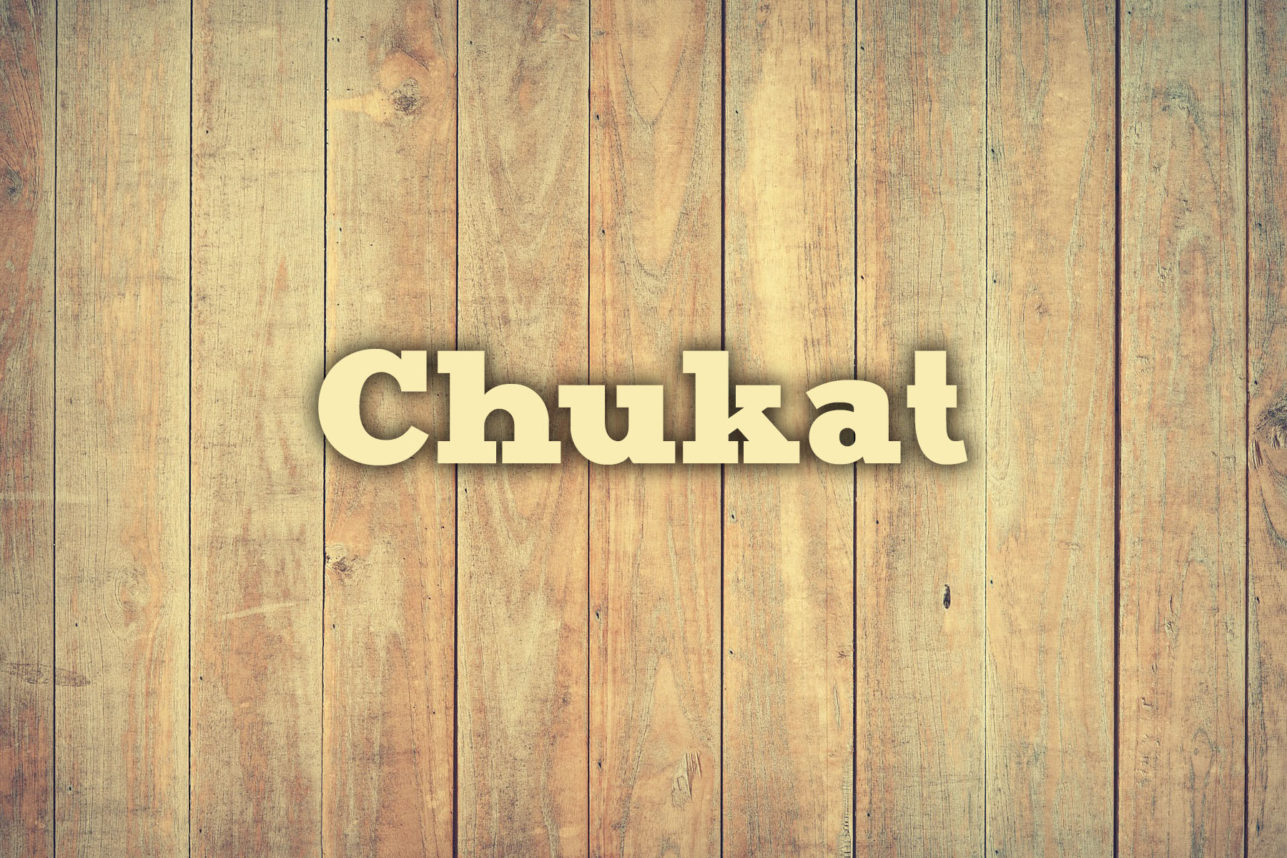
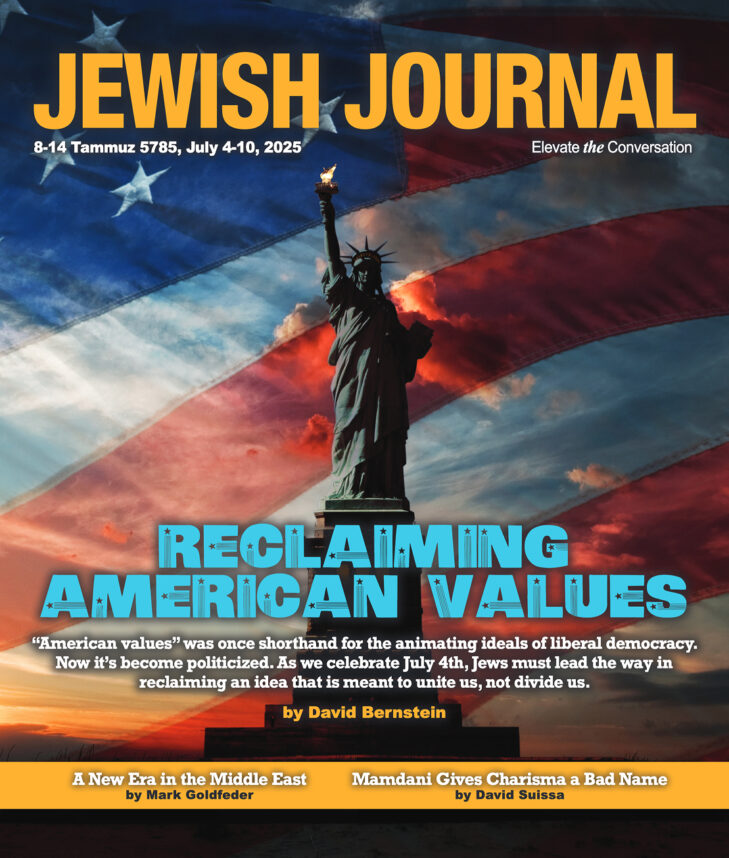
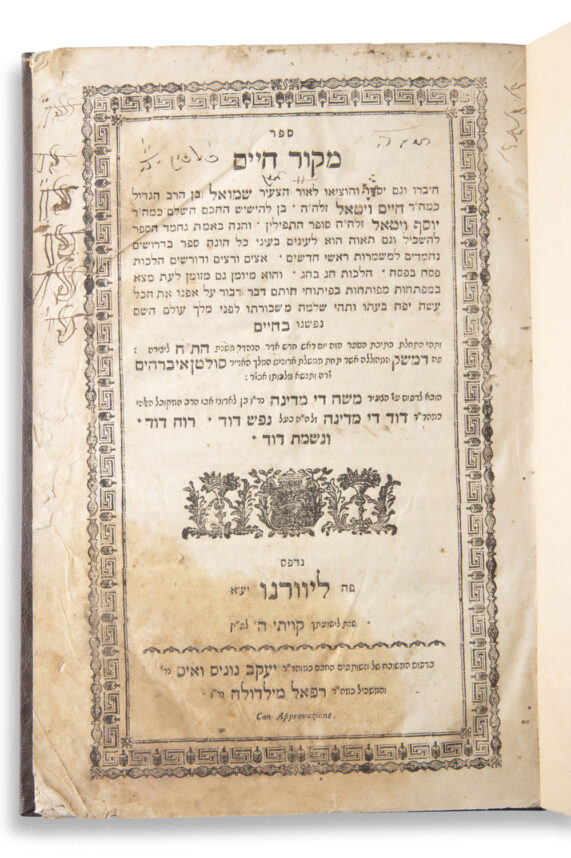

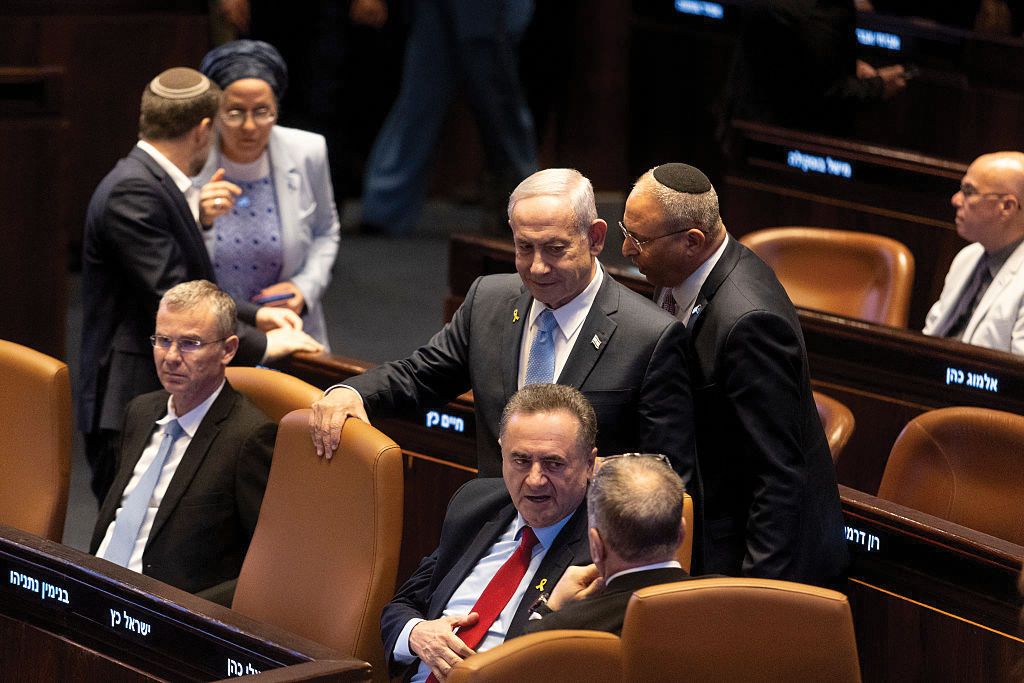
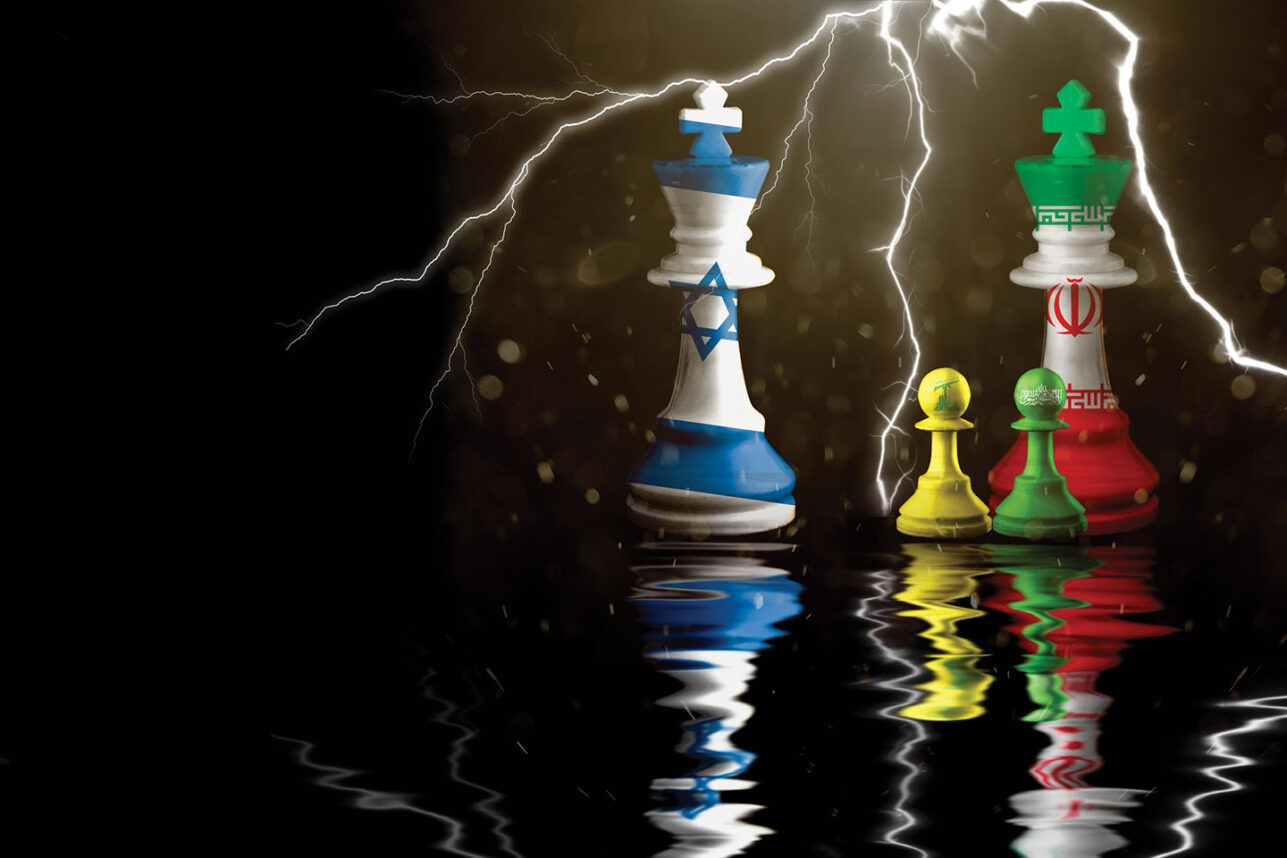

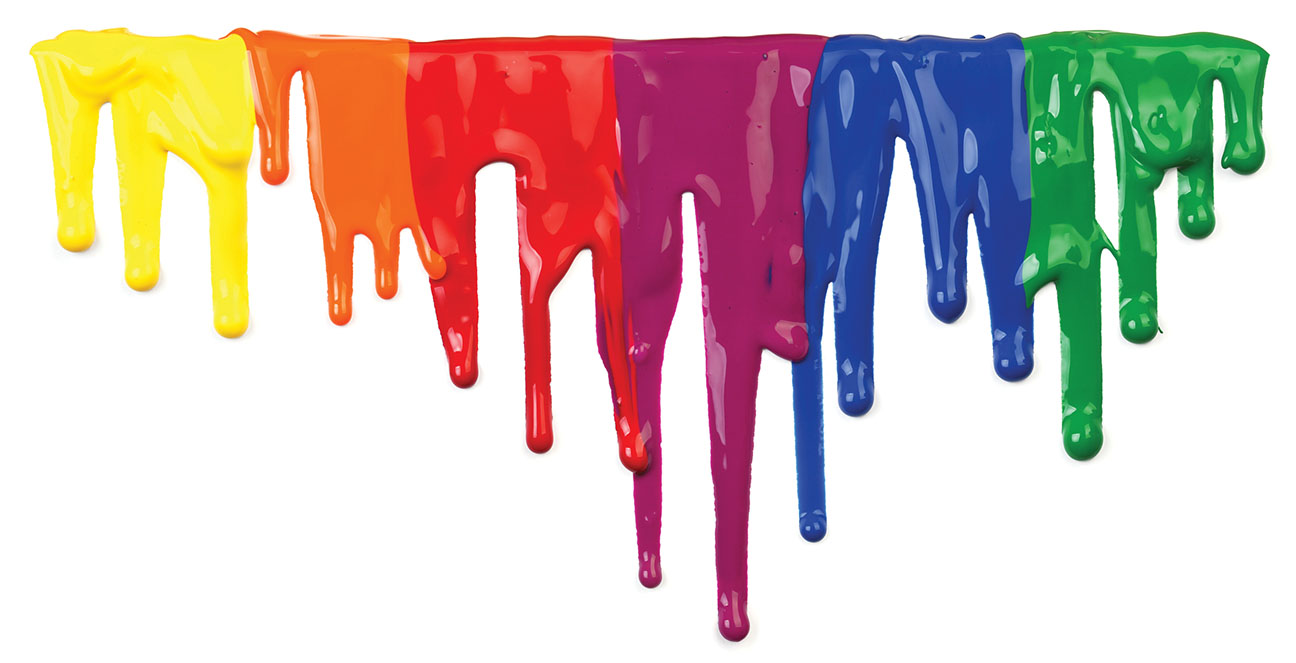
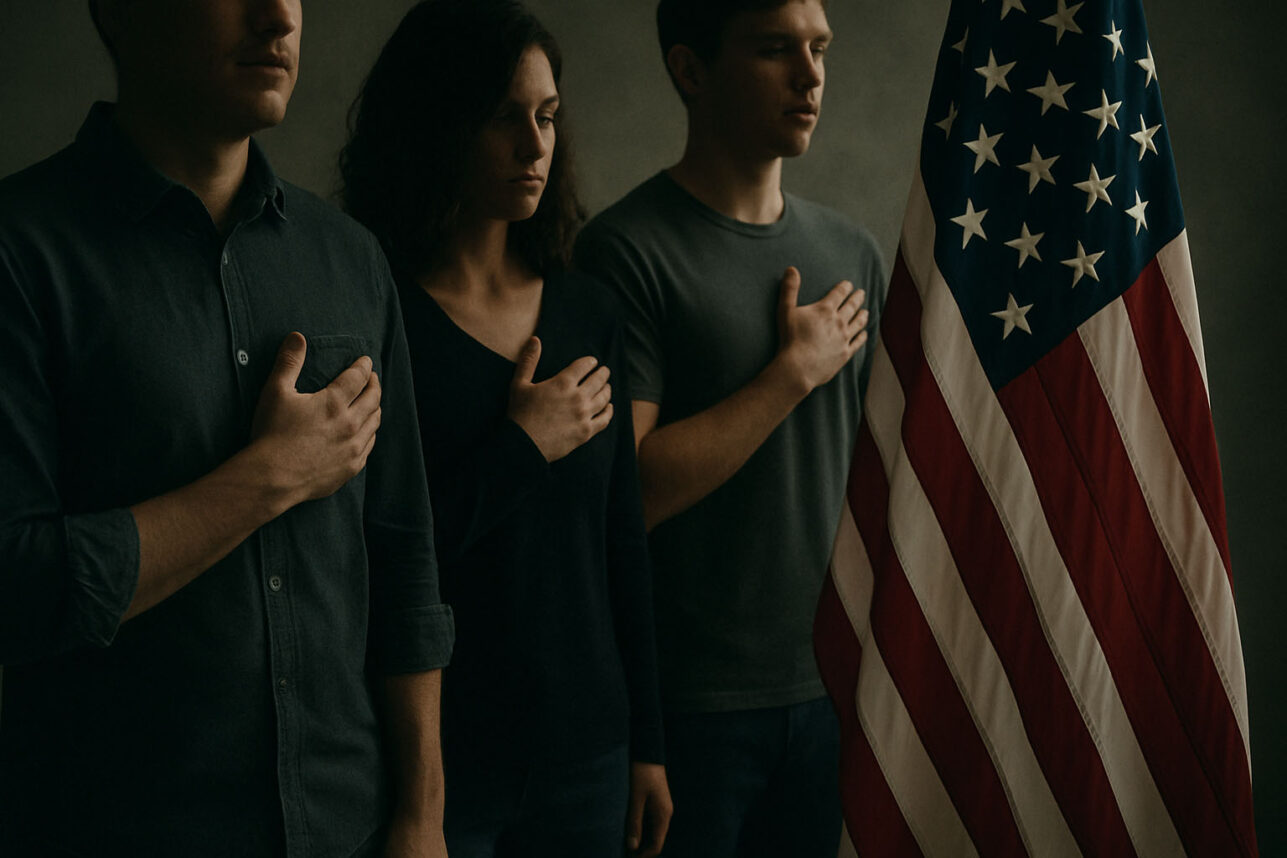
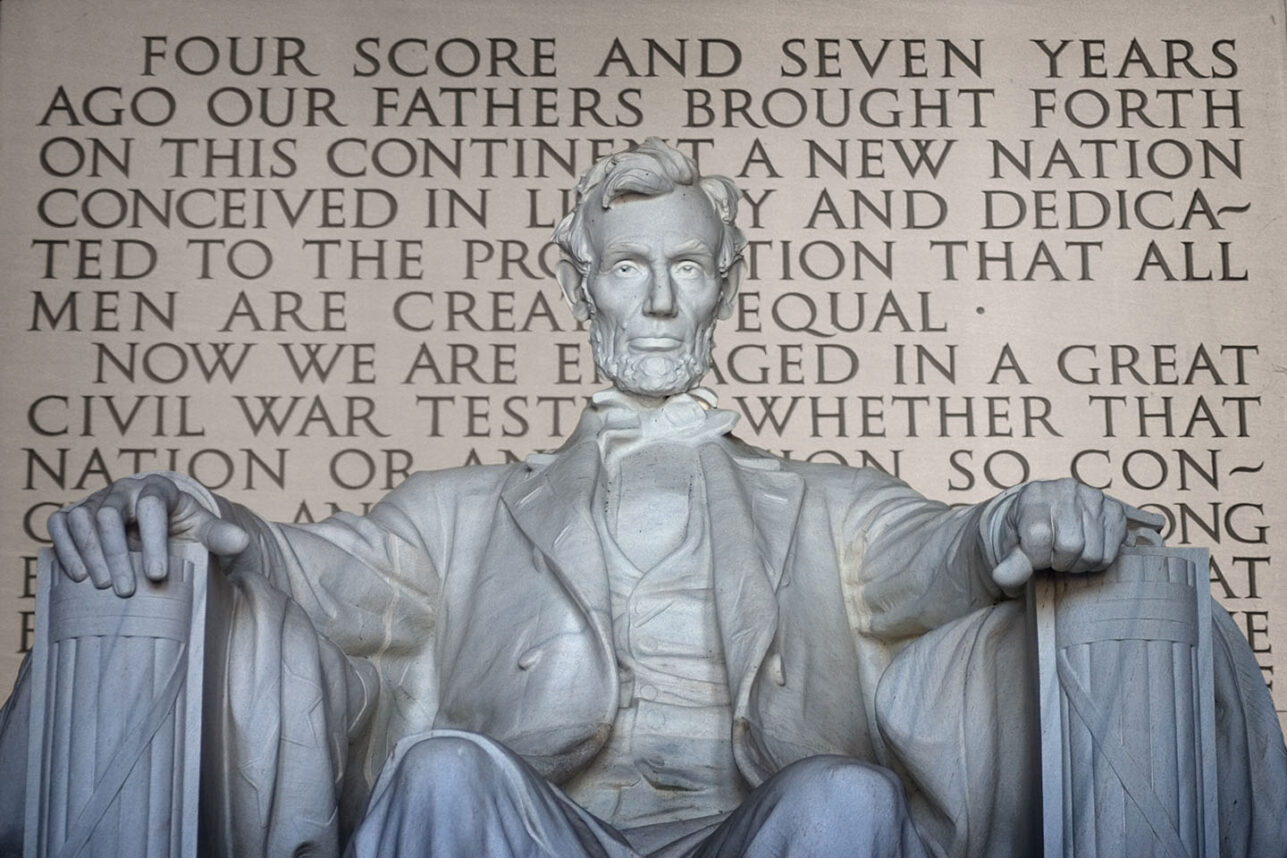
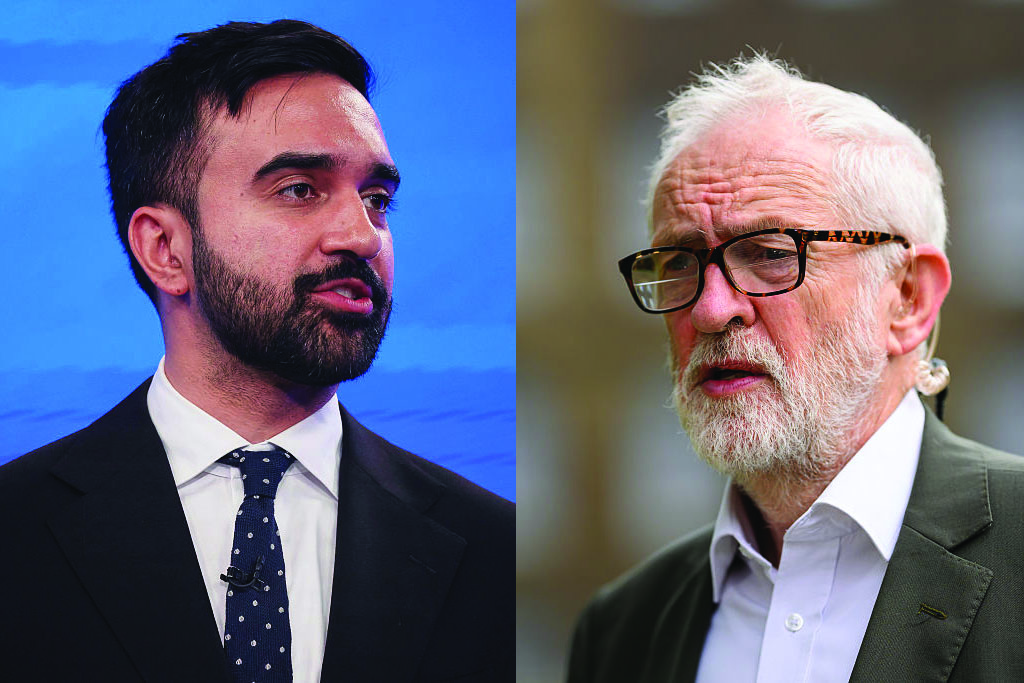



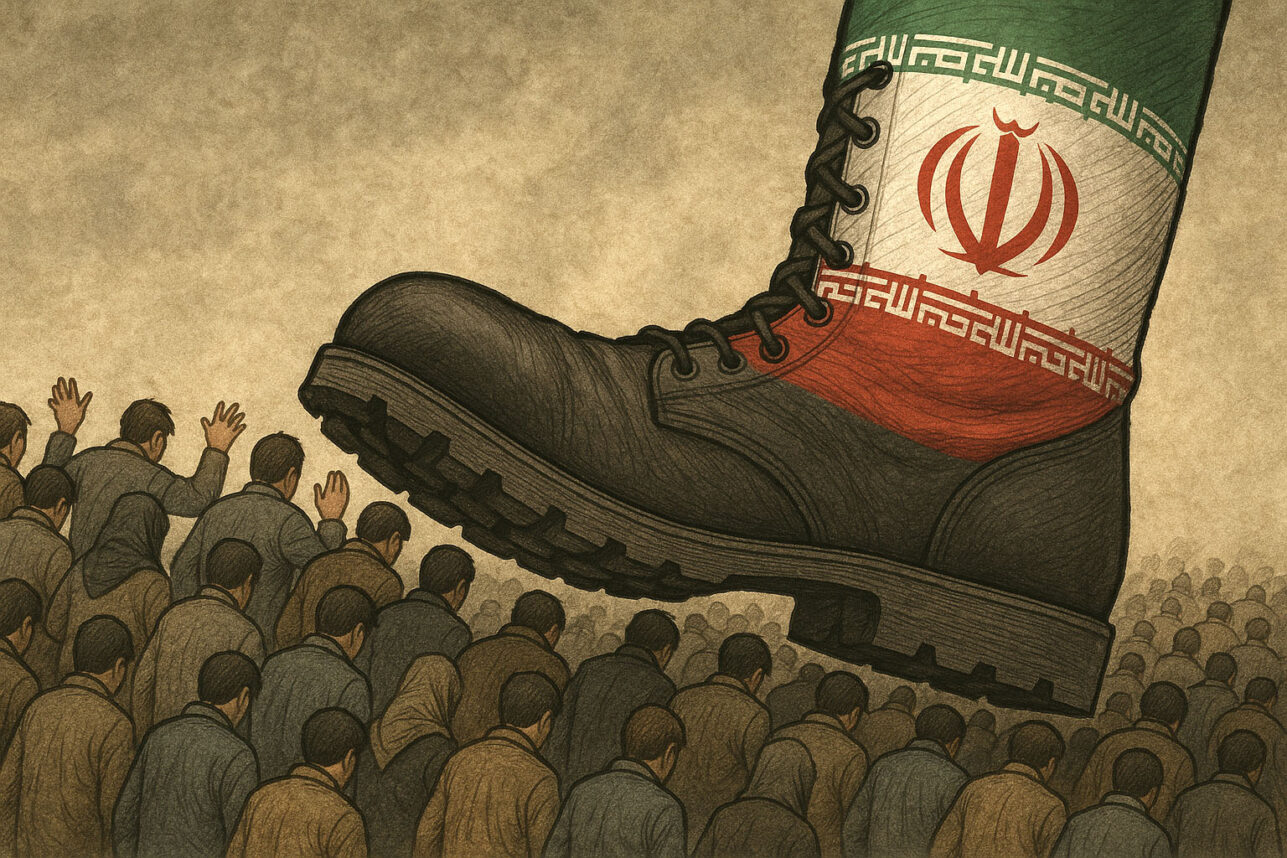



 More news and opinions than at a Shabbat dinner, right in your inbox.
More news and opinions than at a Shabbat dinner, right in your inbox.